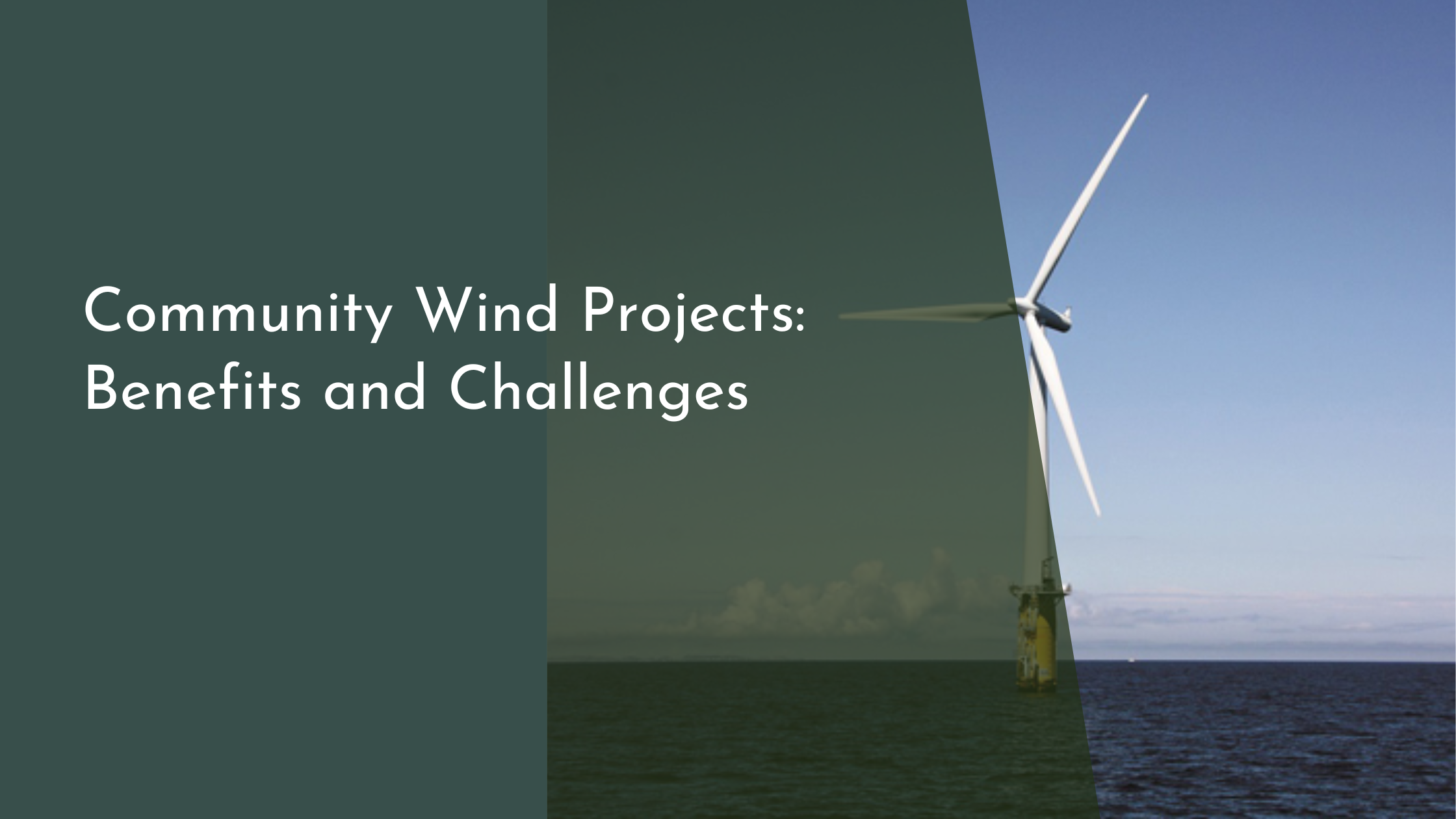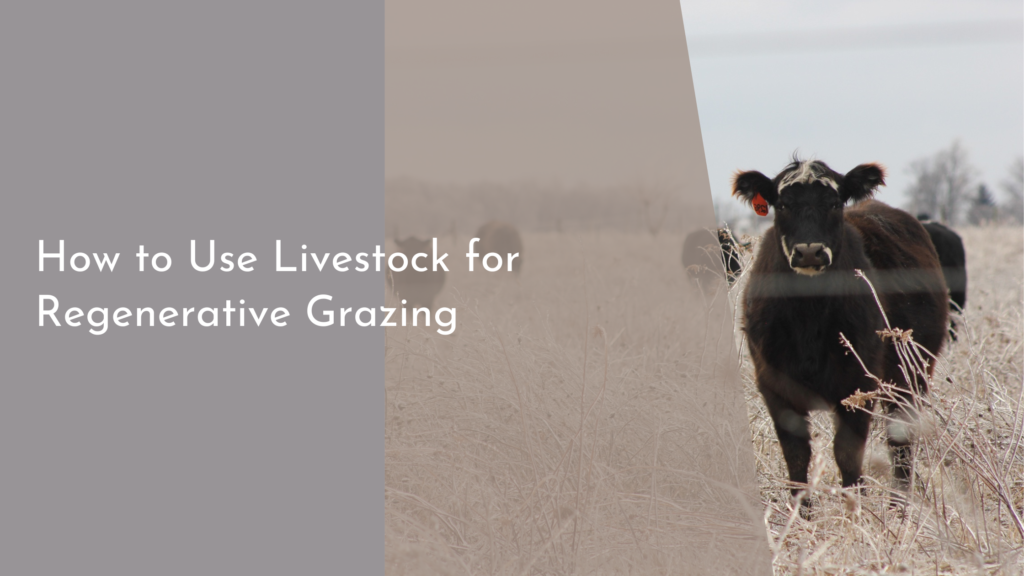Community Wind Projects: Benefits and Challenges
Community wind projects are rapidly gaining attention as a sustainable energy solution that involves local communities directly in the generation of renewable energy. These initiatives not only promise clean power but also foster economic growth and community engagement. As wind energy becomes more integral to our power solutions, understanding the intricacies of community wind projects is crucial.
Understanding Community Wind Projects
Community wind projects are renewable energy initiatives wherein local communities take a proactive role in the development, ownership, and operation of wind energy facilities. Unlike large-scale commercial wind farms, these projects emphasize local involvement and benefit distribution. Typically, they are smaller in scale but designed to power local areas directly. By prioritizing local stakeholders, these projects ensure that the economic and environmental benefits are retained within the community, fostering a sense of ownership and responsibility towards sustainable energy practices.
These projects can take various forms, ranging from cooperatives and partnerships to municipal ownership models. The primary goal is to democratize energy generation by allowing communities to have a direct say in the production and consumption of wind energy. This structure not only empowers communities but also aligns with broader sustainability goals, promoting active participation in tackling climate change while addressing energy needs locally.
Economic and Environmental Benefits
One of the most significant economic benefits of community wind projects is job creation. These projects often require local labor for installation, maintenance, and operation, thus providing a boost to local economies. Furthermore, the revenue generated from the sale of wind energy can be reinvested into the community, funding essential services and infrastructure. This economic cycle enhances community resilience and reduces dependence on external energy sources.
Environmentally, community wind projects contribute substantially to reducing carbon emissions by replacing fossil fuel-based energy with clean, renewable wind power. These projects also promote environmental stewardship among local residents by directly involving them in sustainable energy practices. By harnessing wind power, communities can produce energy without contributing to air pollution or consuming water resources, thereby preserving the local environment for future generations.
Community Collaborations and Engagement
The success of community wind projects heavily relies on collaboration and engagement among local stakeholders, including residents, local governments, and businesses. Effective communication and transparent decision-making processes are vital in building trust and ensuring project success. By involving community members from the planning stages, these projects can address local concerns and integrate community values into project design.
In addition to stakeholder collaboration, education and awareness campaigns play a crucial role in fostering community engagement. By educating residents about the benefits and functionalities of wind energy, these projects can garner broader support and participation. Workshops, open forums, and site visits can help demystify wind energy and encourage active involvement, making the community feel invested in the project’s success.
Challenges and Potential Solutions
Despite their numerous benefits, community wind projects face several challenges. Financial barriers, such as securing funding and managing initial investment costs, can impede project development. Additionally, regulatory hurdles and lengthy approval processes can delay implementation. However, these challenges can be addressed through innovative financing solutions, such as community bonds and government grants, which can lower the financial burden on communities.
Another significant challenge is the potential for community opposition due to perceived environmental impacts or changes to local landscapes. To mitigate these concerns, project developers can prioritize comprehensive stakeholder engagement and transparent communication. Addressing community concerns through open dialogue and incorporating feedback into project planning can help align projects with community interests, paving the way for smoother implementation.
Community wind projects represent a promising avenue for sustainable energy generation that benefits both the environment and local economies. By actively engaging communities, these projects can transform how energy is produced and consumed. While challenges remain, innovative solutions and collaborative efforts can overcome these obstacles, ensuring that community wind projects contribute positively to our future energy landscape. As we continue to seek sustainable solutions, embracing community-driven initiatives can lead the way towards a cleaner, more resilient energy future.



